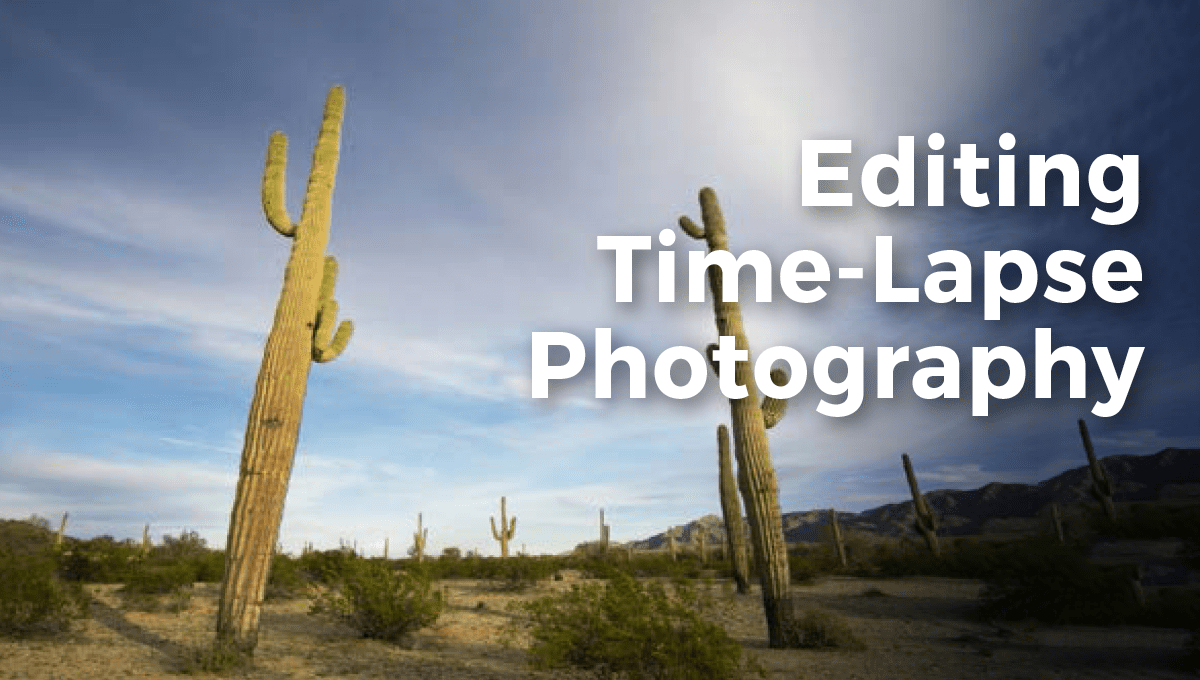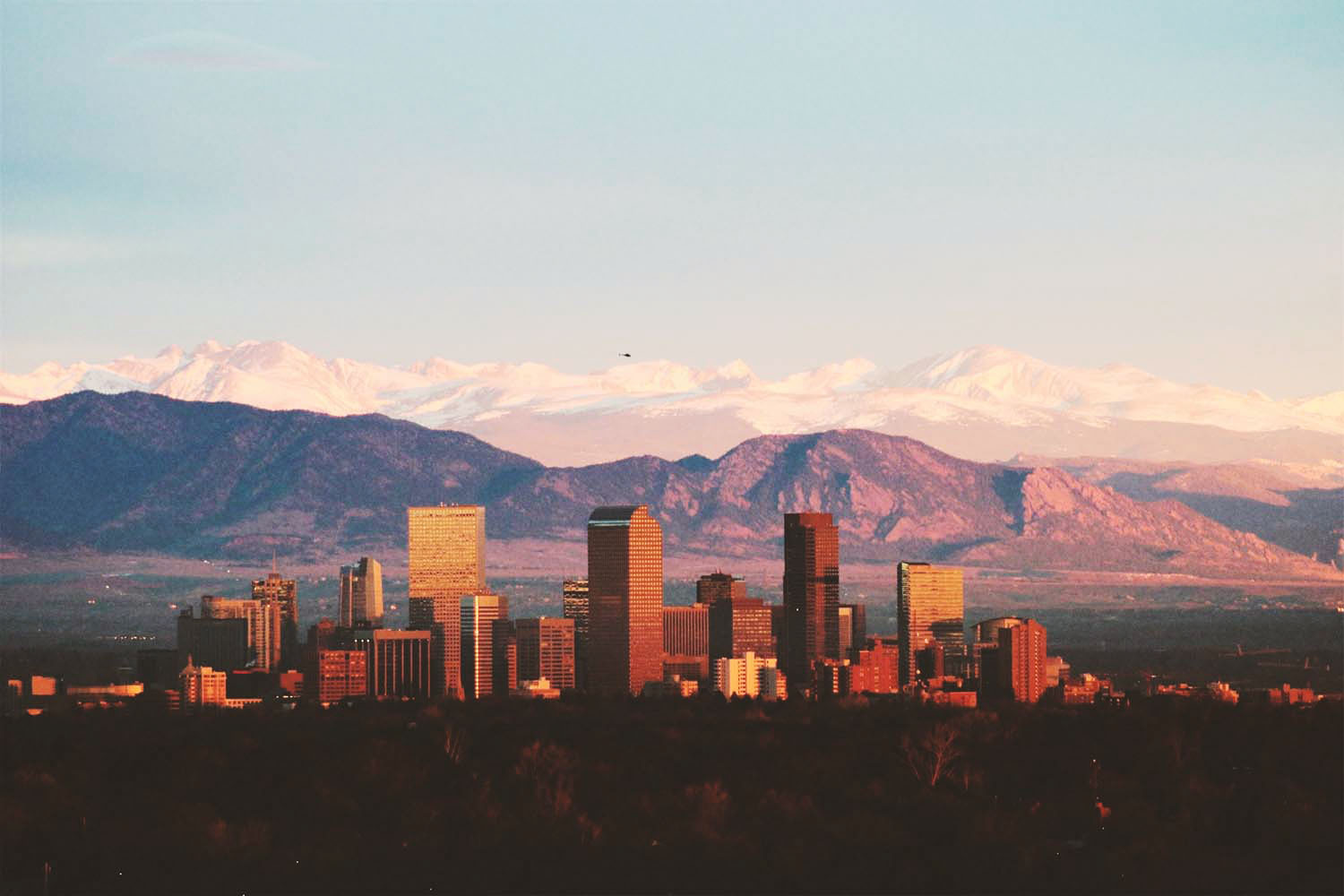“Beginner’s Guide to Travel Time-Lapse Photography
Related Articles Beginner’s Guide to Travel Time-Lapse Photography
- Affordable DSLR Travel Photography: Capturing The World Without Breaking The Bank
- DSLR Vs. GoPro: A Traveler’s Guide To Choosing The Right Camera
- DSLR Travel Photography Ideas For Beginners
- Advanced Sunset Photography Tips With Drone Shots
- GoPro Video Editing On The Go: Building The Ultimate Travel Setup
Introduction
Today, we’re excited to unravel an engaging topic: Beginner’s Guide to Travel Time-Lapse Photography. Join us as we navigate insights that inform, inspire, and open new perspectives for our readers.
Table of Content
Beginner’s Guide to Travel Time-Lapse Photography

Time-lapse photography is a captivating technique that allows you to compress extended periods into short, mesmerizing videos. When combined with travel, it becomes a powerful storytelling tool, enabling you to showcase the beauty of landscapes, the energy of cities, and the flow of adventures in a unique and engaging way. If you’re a beginner eager to explore the world of travel time-lapse, this comprehensive guide will walk you through the essential steps, equipment, and techniques to create stunning time-lapse videos.
Why Travel Time-Lapse?
Travel time-lapse offers a range of benefits:
- Captivating Storytelling: It transforms ordinary scenes into captivating visual narratives, highlighting the passage of time and the dynamic nature of your surroundings.
- Unique Perspective: It presents a perspective that is impossible to capture with traditional photography or videography, offering a fresh and engaging way to experience a location.
- Creative Expression: It allows you to unleash your creativity by experimenting with different settings, compositions, and post-processing techniques.
- Shareable Content: Time-lapse videos are highly shareable on social media platforms, allowing you to inspire and connect with a wider audience.
Equipment Essentials
Before embarking on your time-lapse journey, gather the necessary equipment:
-
Camera:
- DSLR or Mirrorless Camera: These cameras offer manual control over settings like aperture, shutter speed, and ISO, providing greater flexibility and image quality.
- Smartphone: Modern smartphones can produce impressive time-lapses, especially for beginners. Apps like Hyperlapse and Lapse It offer user-friendly interfaces and customizable settings.
-
Tripod: A sturdy tripod is essential for maintaining stability and ensuring smooth time-lapse sequences. Choose a tripod that can withstand wind and uneven terrain.
-
Intervalometer: An intervalometer is a device that automatically triggers your camera’s shutter at predetermined intervals. Some cameras have built-in intervalometers, while others require an external device.
-
Memory Cards: Use high-capacity, fast memory cards to store the thousands of images you’ll capture.
-
Batteries: Time-lapse photography consumes a lot of battery power. Carry extra batteries or a power bank to avoid interruptions.
-
Neutral Density (ND) Filters (Optional): ND filters reduce the amount of light entering your camera, allowing you to use slower shutter speeds in bright conditions, creating motion blur in your time-lapse.
-
Motion Control Equipment (Optional):
- Sliders: Sliders allow you to add smooth horizontal or vertical motion to your time-lapse.
- Pan/Tilt Heads: Pan/tilt heads enable you to create dynamic panning and tilting movements.
Step-by-Step Guide to Creating Travel Time-Lapses
-
Planning and Scouting:
- Choose a Compelling Subject: Select a subject that exhibits movement or change over time, such as clouds, traffic, crowds, or natural processes like sunrise or sunset.
- Scout Your Location: Visit your chosen location in advance to assess the lighting conditions, potential obstacles, and best vantage points.
- Plan Your Composition: Consider the foreground, midground, and background elements in your frame. Use leading lines, symmetry, or the rule of thirds to create visually appealing compositions.
- Determine the Duration: Decide how long you want your time-lapse to run. This will influence your shooting interval and the overall length of your video.
-
Camera Settings:
- Shooting Mode: Use manual mode (M) to have full control over your camera settings.
- Aperture: Choose an aperture that provides sufficient depth of field. For landscapes, f/8 to f/16 is a good starting point. For shallow depth of field, use wider apertures like f/2.8 or f/4.
- Shutter Speed: Adjust your shutter speed to achieve the desired amount of motion blur. Longer shutter speeds create smoother motion, while shorter shutter speeds result in more staccato movement.
- ISO: Keep your ISO as low as possible to minimize noise.
- White Balance: Set your white balance to a fixed setting like daylight or cloudy to avoid color shifts during the time-lapse.
- Focus: Use manual focus to lock your focus point and prevent it from shifting during the time-lapse.
- Image Format: Shoot in RAW format to retain maximum image quality and flexibility for post-processing.
-
Intervalometer Settings:
- Interval: The interval is the time between each shot. The ideal interval depends on the subject and the desired speed of the time-lapse. Here are some general guidelines:
- Clouds: 2-5 seconds
- Traffic: 1-3 seconds
- Sunsets/Sunrises: 5-10 seconds
- Crowds: 1-2 seconds
- Plants Growing: Minutes to hours
- Number of Shots: Calculate the total number of shots you need based on the duration of your time-lapse and the interval.
- Delay: Set a delay to allow the camera to settle after each shot, preventing blurry images.
- Interval: The interval is the time between each shot. The ideal interval depends on the subject and the desired speed of the time-lapse. Here are some general guidelines:
-
Shooting the Time-Lapse:
- Mount Your Camera: Securely attach your camera to the tripod.
- Frame Your Shot: Compose your shot carefully, ensuring that all the elements you want to capture are within the frame.
- Start the Intervalometer: Start the intervalometer and let it run until you’ve captured the desired number of shots.
- Monitor Your Progress: Periodically check your camera’s LCD screen to ensure that the exposure and composition are consistent.
- Avoid Touching the Camera: Minimize any movement of the camera during the time-lapse to prevent jarring transitions.
-
Post-Processing:
- Import and Organize: Import your images into a photo editing software like Adobe Lightroom or Capture One. Organize them into folders for easy access.
- Batch Edit: Apply consistent adjustments to all the images in your time-lapse sequence. Adjust exposure, white balance, contrast, and other settings to achieve the desired look.
- Deflicker: Use a deflickering tool to remove any flickering caused by slight variations in exposure between frames.
- Export: Export the images as a sequence of JPEGs or TIFFs.
- Video Editing: Import the image sequence into a video editing software like Adobe Premiere Pro, Final Cut Pro, or DaVinci Resolve.
- Create a Video: Arrange the images in chronological order and set the frame rate (typically 24 or 30 frames per second).
- Add Music and Sound Effects: Enhance your time-lapse with music and sound effects that complement the visuals.
- Color Grade: Fine-tune the colors and overall look of your video.
- Export: Export your final time-lapse video in a high-quality format like H.264 or ProRes.
Tips and Tricks for Stunning Travel Time-Lapses
- Shoot During Golden Hour: The warm, soft light during sunrise and sunset can add a magical touch to your time-lapses.
- Incorporate Motion: Include moving elements like clouds, water, or traffic to add dynamism and visual interest.
- Use ND Filters: ND filters allow you to use slower shutter speeds in bright conditions, creating motion blur and a smoother look.
- Experiment with Different Intervals: Vary the interval to achieve different effects. Shorter intervals create faster time-lapses, while longer intervals create slower, more deliberate time-lapses.
- Add Camera Movement: Use a slider or pan/tilt head to add smooth camera movement to your time-lapses.
- Stabilize Your Footage: Use video stabilization software to smooth out any shaky footage.
- Tell a Story: Think about the story you want to tell with your time-lapse. Use editing and music to create a cohesive and engaging narrative.
- Practice Makes Perfect: The more you practice, the better you’ll become at creating stunning time-lapses.
Common Mistakes to Avoid
- Unstable Tripod: Using a flimsy tripod can result in shaky footage.
- Incorrect Interval: Choosing an interval that is too short or too long can result in a time-lapse that is either too fast or too slow.
- Inconsistent Exposure: Variations in exposure between frames can cause flickering.
- Dirty Lens: Dust or smudges on your lens can create distracting artifacts in your time-lapse.
- Insufficient Battery Power: Running out of battery power mid-shoot can ruin your time-lapse.
- Forgetting to Focus: Ensure your focus is locked and sharp throughout the time-lapse.
- Not Deflickering: Failing to remove flicker can make your time-lapse look unprofessional.
Conclusion
Travel time-lapse photography is a rewarding and creative endeavor that allows you to capture the essence of your journeys in a unique and captivating way. By following this beginner’s guide, you’ll be well-equipped to create stunning time-lapse videos that showcase the beauty of the world around you. Remember to plan, experiment, and have fun!




